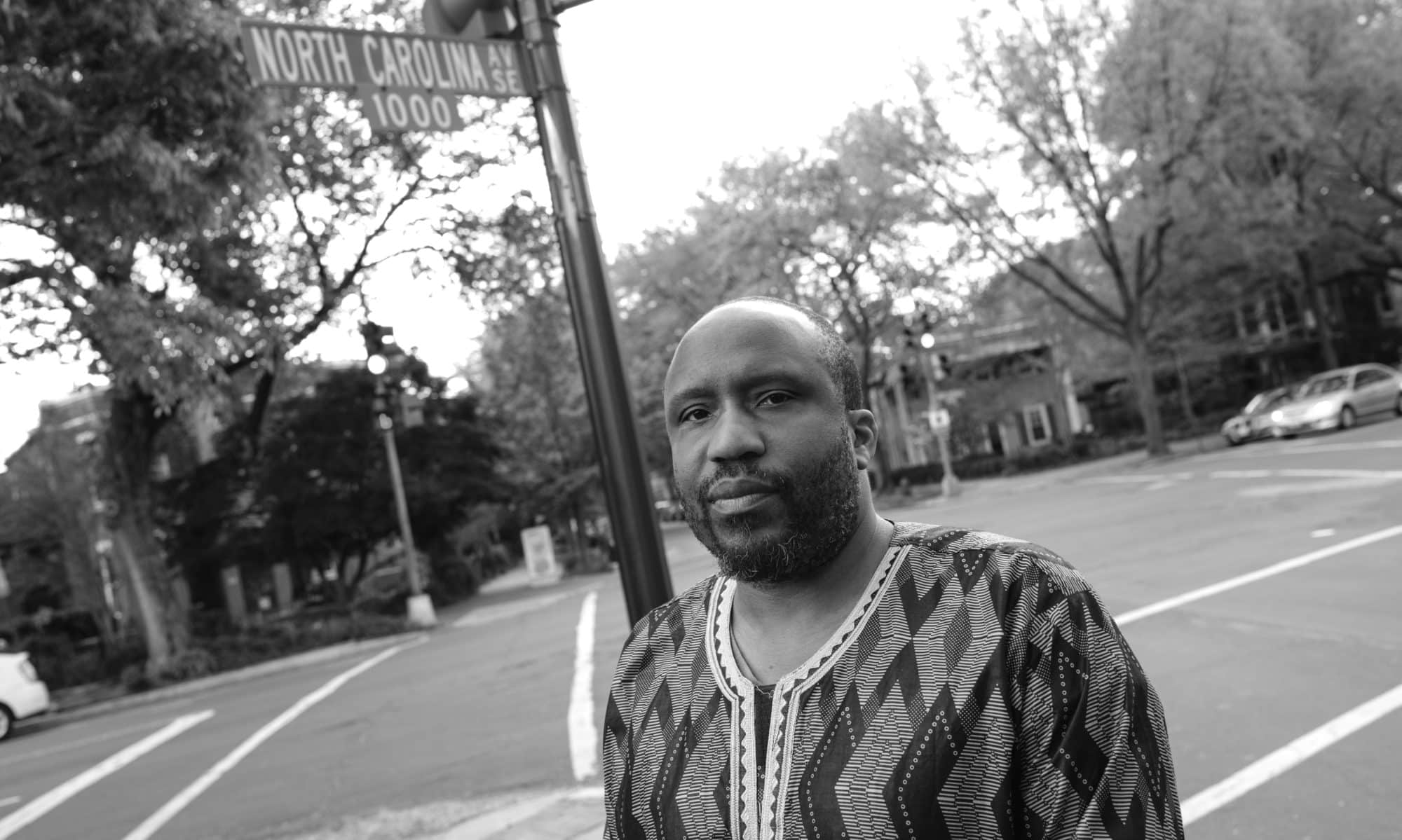Because I don’t watch much TV here in Bamako (it is full of people speaking French way to quickly for my ears), I spend a lot of time (may too much) on the internet. Yesterday I came across 2 articles that made me think a bit, but even more than that it was hard for me not to see them as connected in some way:
This article about Camden and this article about the wealth concentration in the Northeast Corridor of the mainland US (based on Census Data)
I think the contrast between Camden’s poverty and the wealth of some of it’s surrounding counties makes this contrast even greater and heightens our awareness of it, not to mention that poverty and dysfunction of People of Color always seems to be a narrative .
But I was also thinking even harder about was this… If all of that wealth is concentrated in the Northeast of the US, what kind influence does that buy the people that live in those areas and who have amassed that kind of wealth? What effect does that have on the narratives and stories that we hear or have access to? As much as we are told this corridor is the bastion of intellectual, liberal, progressive living and thinking some stories still don’t get told like the one, Richard Rothstein published in the Huffington Post today check out this passage:
“Throughout our nation, this fear of confronting the past makes it more difficult to address and remedy the ongoing existence of urban ghettos, the persistence of the black-white achievement gap, and the continued under-representation of African Americans in higher education and better-paying jobs.
One of the worst examples of our historical blindness is the widespread belief that our continued residential racial segregation, North and South, is “de facto,” not the result of explicit government policy but instead the consequence of private prejudice, economic inequality, and personal choice to self-segregate.
But in truth, our major metropolitan areas were segregated by government action. The federal government purposefully placed public housing in high-poverty, racially isolated neighborhoods (PDF) to concentrate the black population, and with explicit racial intent, created a whites-only mortgage guarantee program to shift the white population from urban neighborhoods to exclusively white suburbs (PDF). The Internal Revenue Service granted tax-exemptions for charitable activity to organizations established for the purpose of enforcing neighborhood racial homogeneity. State-licensed realtors in virtually every state, and with the open support of state regulators, supported this federal policy by refusing to permit African Americans to buy or rent homes in predominantly white neighborhoods. Federal and state regulators sanctioned the refusal of the banking, thrift, and insurance industries to make loans to homeowners in other-race communities. Prosecutors and police sanctioned, often encouraged, thousands of acts of violence against African Americans who attempted to move to neighborhoods that had not been designated for their race.
By the time the federal government reversed its policy of subsidizing segregation in 1962, and by the time the Fair Housing Act banned private discrimination in 1968, the residential patterns of major metropolitan areas were set. White suburbs that had been affordable to the black working class in the 1940s, 50s and 60s were now no longer so, both because of the increase in housing prices (and whites’ home equity) during that period, and because other federal policies had depressed black incomes while supporting those of whites. It was not until 1964, for example, that the National Labor Relations Board for the first time refused to certify a union’s exclusive bargaining status because it openly refused to represent black workers as it did whites.”
Somewhere there is a nexus that provides an answer for Camden, for Detroit, and for the many other places that we are lead to believe are the way they are solely on corruption, crime, and dysfunction and moral failings of colored people.
I know there is much more complexity to this topic than this short articles, but I don’t think that it is as complex as we would like to make it either. I think that these articles are more closely related than I think most Americans would like to admit. It brings to mind a line from Sekou Sundiata’s poem Magic Bullet he says, “Somewhere in America tonight, Americans are loving the Past as long as it ain’t History.”
